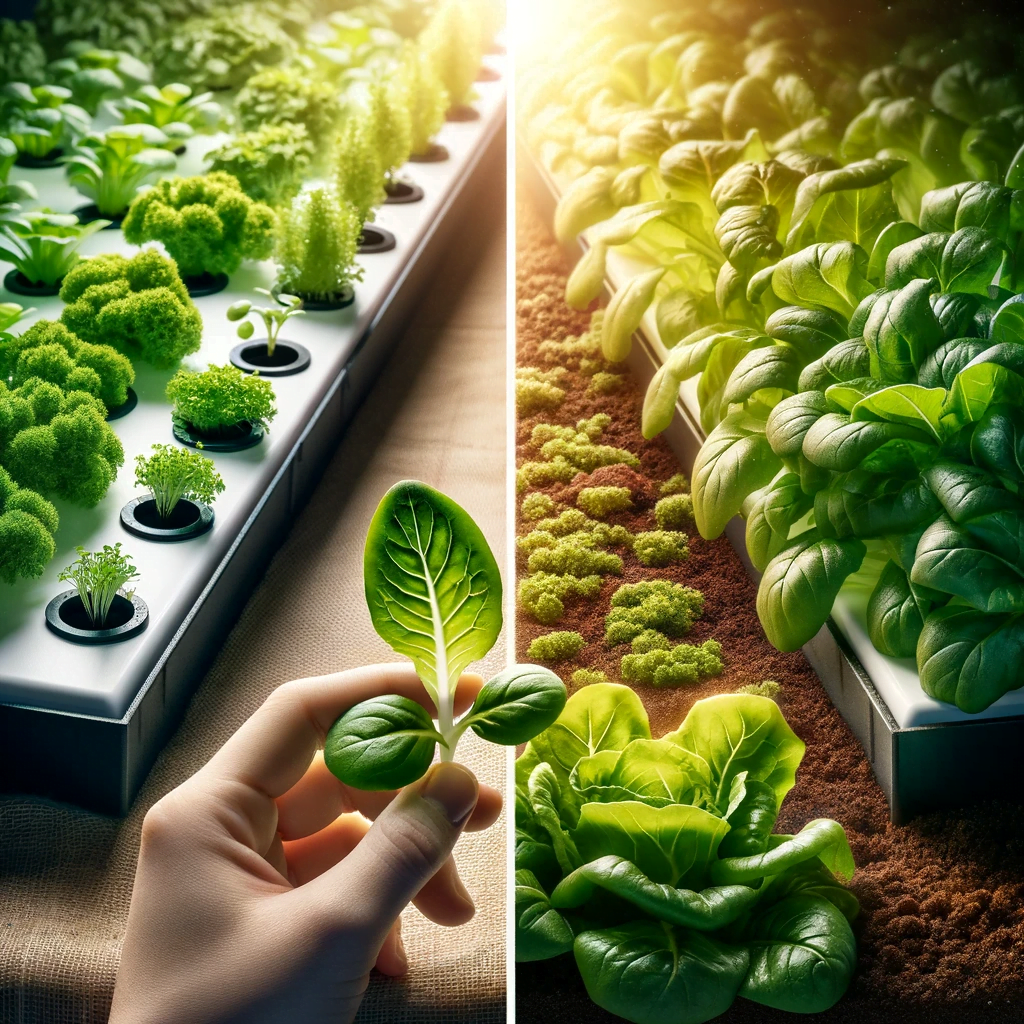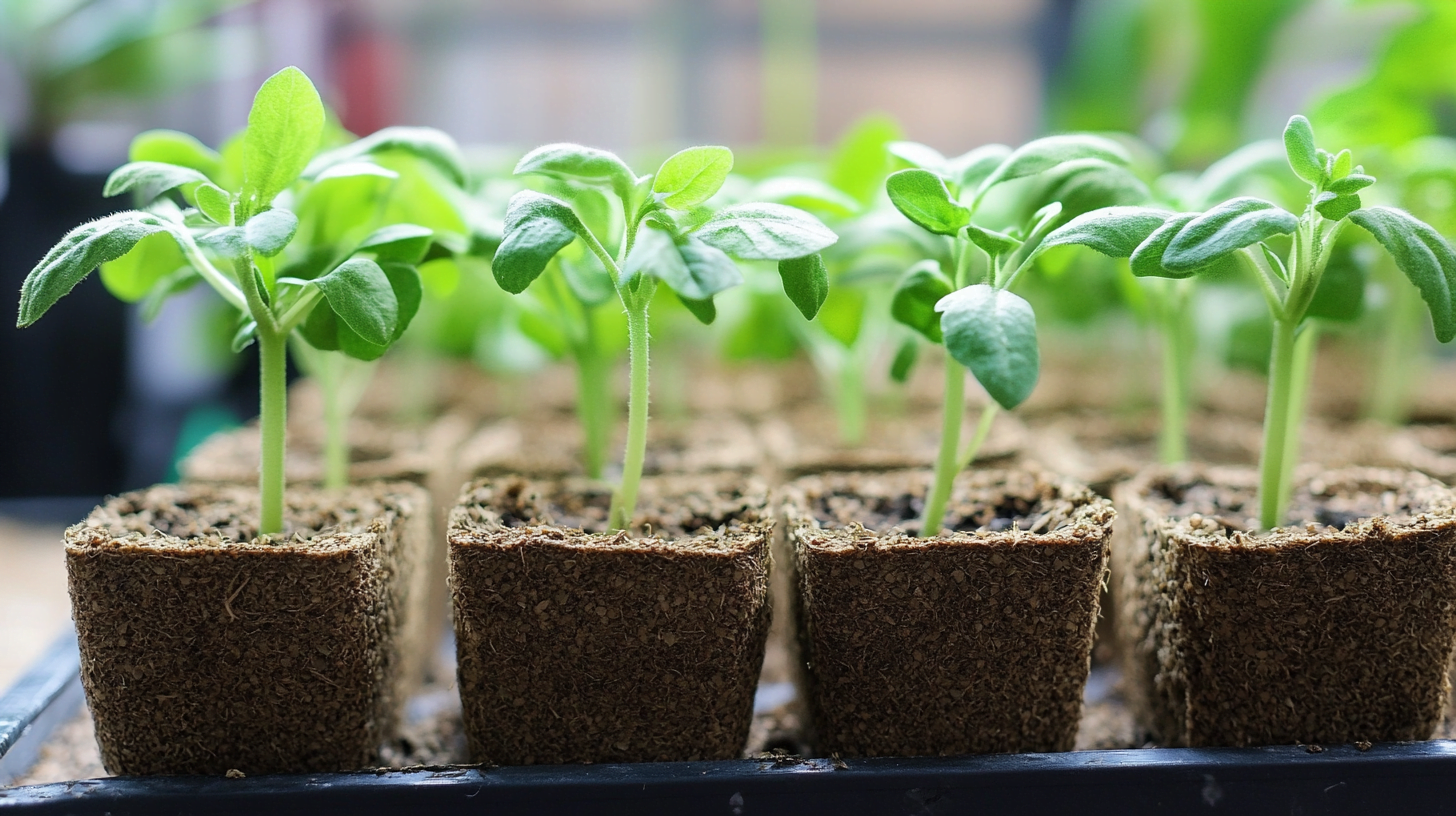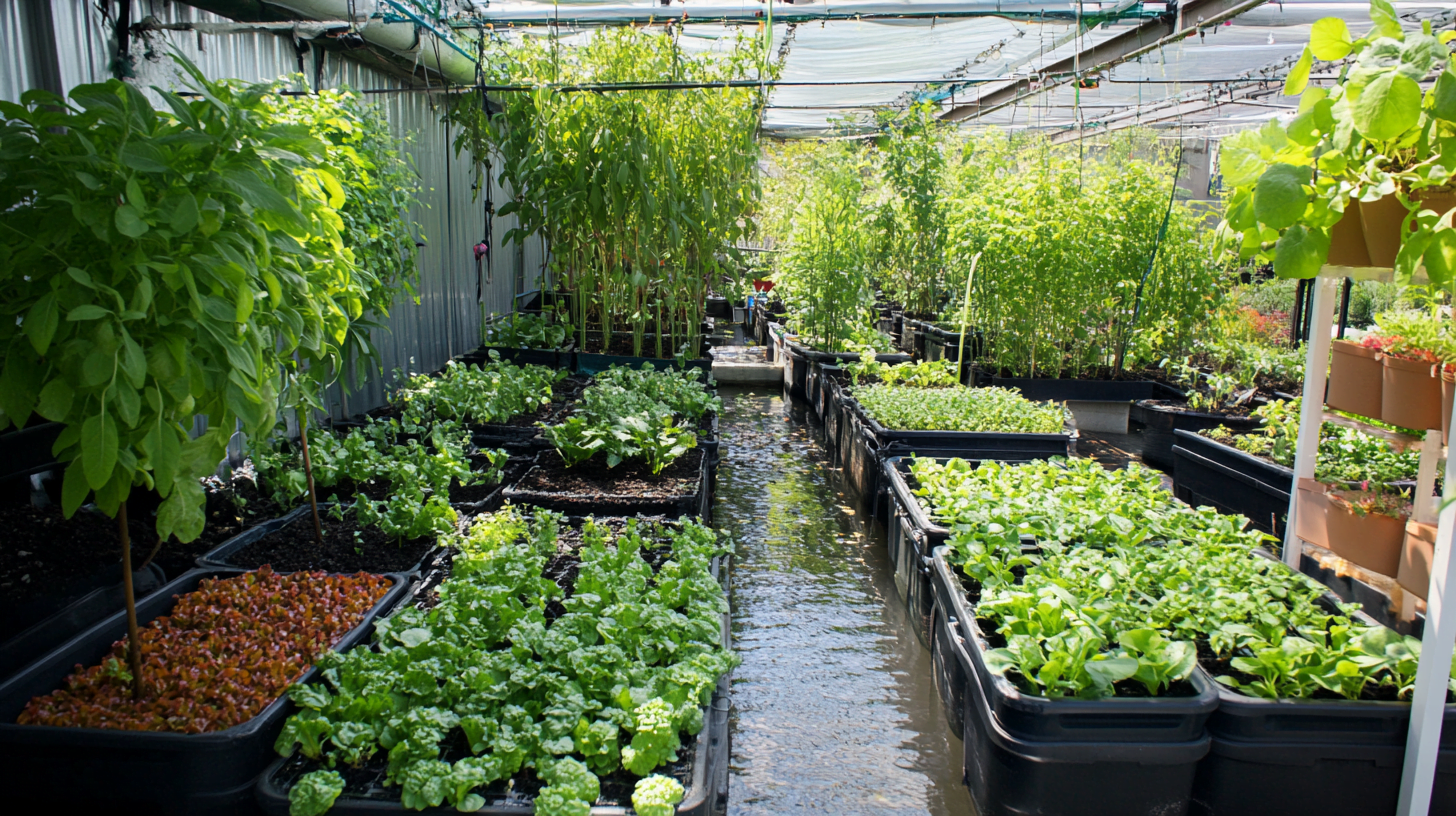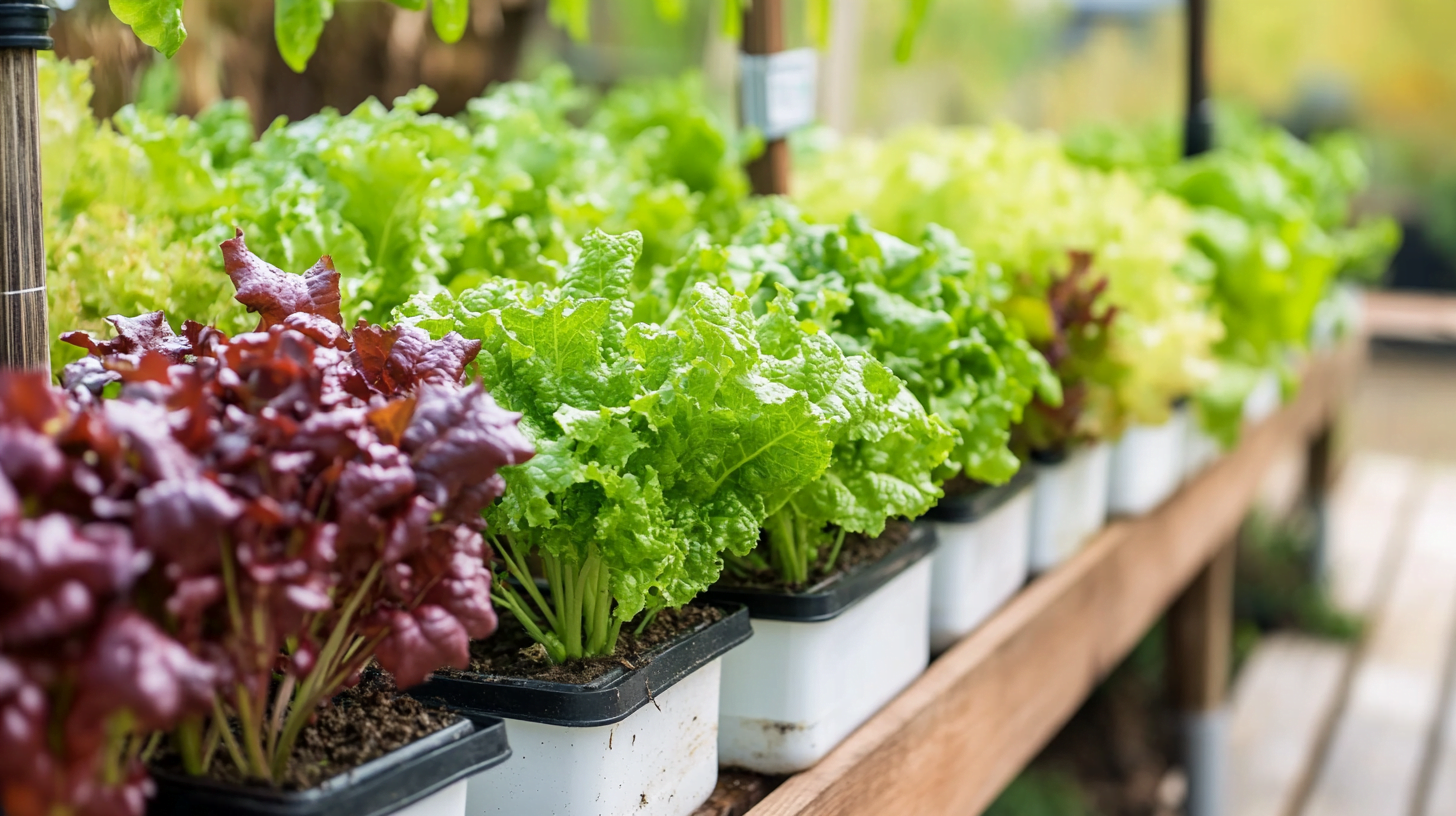What is Hydroponics?
Hydroponics is a method of growing plants without soil, using nutrient-rich solutions in a water solvent. The roots are supported using inert mediums like perlite, clay pellets, or coco coir. Hydroponic agriculture, also known as soil-less farming, offers many benefits compared to traditional soil-based growing:
- Higher yields per square foot of production space. Plants can be spaced closer together since root competition is not an issue.
- Uses up to 90% less water than soil farming. The closed-loop systems recycle and reuse the nutrient solutions, resulting in significant water conservation.
- Ability to grow crops year-round in controlled indoor settings. Growth can continue even in cold weather since the root zone environment can be optimized.
- Reduces runoff and pollution from pesticides, fertilizers, and topsoil compared to outdoor soil farming. Nutrients are provided precisely and recaptured.
- Easier to implement organic growing practices. The protected and contained environment limits pest access.
Some of the most commonly grown hydroponic crops are tomatoes, cucumbers, lettuce, peppers, herbs, strawberries, and other berries. Leafy greens and vines that thrive in humid, nutrient-rich environments are especially suitable.
A Brief History of Hydroponics
While often thought of as a modern technology, hydroponics has been around for centuries. One of the earliest examples comes from the Hanging Gardens of Babylon, one of the Seven Wonders of the Ancient World. Instead of growing plants in soil, archaeologists believe the gardens used a hydroponic-like system of nutrient-rich waters.
In the 1930s, researchers at the University of California Berkeley experimented with providing all necessary mineral nutrients in aquatic solutions. This laid the groundwork for hydroponics as we know it today. Initially, the technique helped identify essential plant nutrients and their roles. Researchers grew crops like tomatoes, beans, and peppers hydroponically.
NASA helped popularize hydroponics in the 1960s and 70s. They used hydroponic systems to grow food for astronauts on space missions. The controlled method allowed food production in the zero-gravity environment of space. Because it required less space and resources, hydroponics was ideal for space travel.
Today, hydroponics is common commercially for tomatoes, cucumbers, lettuce and other greens, and herbs like basil and parsley. Advances like greenhouse technology, irrigation equipment, and LED grow lights have enabled large-scale hydroponic farms.
Does Hydroponic Produce Taste Different Than Soil-Grown?
There is an ongoing debate about whether hydroponically grown fruits and vegetables taste different than those grown in soil. Here are some key points in the discussion:
- Texture – Hydroponics is sometimes criticized for producing mushy or watery produce. However, some studies found no significant textural differences between hydroponic and soil vegetables. With proper control of nutrient solutions and harvest timing, hydroponic farmers can optimize crispiness and avoid limp produce.
- Nutrient levels – The balance of mineral nutrients in hydroponic solutions has a major influence on flavor. However, with optimal nutrient management, both hydroponic and soil farming can produce great tasting produce. Avoiding excesses or deficiencies that diminish flavor is key.
- Early harvest – One of the advantages of hydroponics is enabling year-round production through indoor farming. But picking produce before reaching peak maturity reduces the time for sugars and flavor compounds to fully develop. Timing harvest correctly is critical, especially for fruits and vegetables typically grown seasonally in soil.
- Less environmental stress – The stable, protected conditions of indoor hydroponics limit plant exposure to stresses like drought, extreme temperatures, wind damage, or pests. Stress can enhance flavor in some produce by spurring the plant to produce more secondary metabolites. But the same compounds can be achieved in soil farming with careful stress management.
- Fewer microbes – The complex soil microbiome of bacteria and fungi influences flavors during plant growth. Sterile hydroponic systems lack these soil microbes and their contributions. However, hydroponic farmers can inoculate systems with beneficial microbes to simulate conventional soil.
Scientific Research on Hydroponic Food Taste
Several studies have attempted to compare the taste and flavor of hydroponically grown produce versus conventional soil cultivation:
- A 2016 study by Zhang et al. found hydroponically grown tomatoes were sweeter. However, critics argued differences in tomato cultivar, harvest maturity, and experimental conditions make the findings inconclusive.
- A 2018 study by Lester et al. compared the taste and nutrition of hydroponically grown strawberries versus soil-grown. They found no statistically significant differences in flavor profiles. The hydroponic berries had slightly firmer texture on average.
- In 2020, Nguyen et al. performed sensory taste tests on cucumbers grown in three systems – hydroponics, aquaponics, and soil. A panel of taste testers found no significant flavor or textural differences between hydroponic and soil cucumbers. Panelists also could not reliably distinguish between the growing methods in blind triangle tests.
While providing some early insights, these studies had relatively small sample sizes. More large-scale, double-blind studies controlling for varietal, environmental, and harvest differences are needed to truly isolate the taste impact of the growing medium itself. But initial evidence suggests hydroponics does not inherently alter taste compared to optimized soil cultivation.
Anecdotal Experiences on Hydroponic Food Taste
Beyond formal scientific research, there are plenty of subjective opinions and anecdotal experiences on how hydroponics impacts flavor:
- “I’ve grown the same tomato cultivars both in soil and deep water culture hydroponics. The hydroponic ones always come out significantly sweeter every time.” – Hydroponic farmer in Florida
- “I tried a blind triangle taste test of hydroponic basil versus soil-grown basil from a local garden. I couldn’t reliably tell which sample was hydroponic – clearly no major taste difference to my palate.” – Home chef in California
- “The first hydroponic tomatoes I bought tasted weird and watery compared to what I was used to. But over the past year the flavor has gotten much better as the hydroponic stores have dialed in their nutrient formulas.” – Shopper in New York
- “I’m still convinced I can easily taste the difference between hydroponic lettuce and field-grown. The hydroponic is never quite as crisp, juicy, or flavorful to me.” – Specialty grocer in Chicago
Psychology research suggests that perception can play a key role in taste. People may detect a difference between two identical products if they are told or believe they are different. More double-blind sensory testing could help overcome these psychological biases.
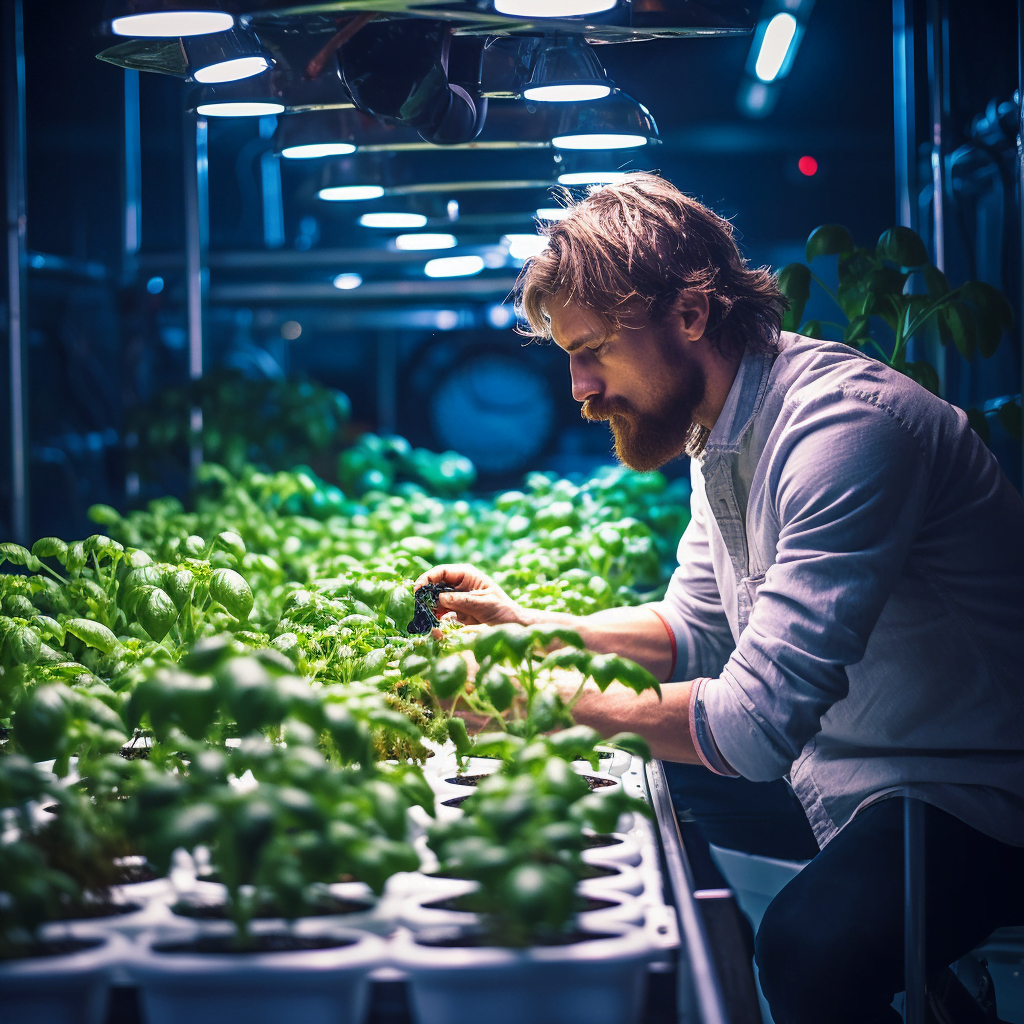
Best Practices for Optimizing Flavor with Hydroponics
While the growing method itself may not dictate flavor, hydroponic farmers can take proactive steps to maximize their produce’s taste:
- Select flavorful, heirloom varieties – Avoid modern hybrids bred primarily for higher yield, transportability, or shelf-life at the expense of taste. Seek out varieties renowned specifically for superior flavor.
- Carefully control nutrient levels – Map fertilizer concentrations to the growth stage of each crop. Avoid excesses that can diminish flavor or deficiencies that stress plants.
- Grow slower – Limiting fertilizer levels puts slight metabolic stress on plants, which can boost production of sugars, terpenes, and other secondary metabolites that influence taste.
- Maintain optimal conditions – Prevent stresses like overheating or drought that cause plants to divert energy from developing flavors. Keep humidity and lighting optimized.
- Time harvest carefully – Unlike commercial field farming, hydroponics enables determining exact peak ripeness for harvesting. Allow fruits, vegetables, and herbs to fully vine or tree ripen.
- Inoculate systems with beneficial microbes – Introducing bacteria and fungi can simulate some of the contributions of the soil microbiome.
With optimal practices and an artisanal approach focused on flavor quality over yield, hydroponic systems can match or even surpass the tastes of top-quality soil-grown produce.
The Experience of Commercial Hydroponic Farms
As large-scale commercial hydroponic farms have expanded over the past decade, especially for lettuce and tomatoes, some have faced challenges meeting flavor expectations. When hydroponics is implemented as an industrial monoculture focused on volume and efficiency, taste can suffer.
Christopher Coins owned one of the first large hydroponic lettuce farms supplying grocery chains in Southern California in the early 2010s. He found that the uniform growing conditions designed for maximum yields resulted in bland flavor:
“We grew the varieties that shipped and stored best, not for taste. And we pumped the plants full of nutrients constantly to make them grow fast. But you could see and taste that some nuances of flavor were missing versus field lettuce.”
However, Coins adapted over time, implementing new practices to improve taste:
- Switching to heirloom and specialty lettuce varieties optimized for flavor
- Altering nutrient dosing to ebb and flow in ripening phases
- Adding beneficial microbes to the system
- Letting plants mature an extra 1-2 days
Within two seasons, feedback from stores and consumers improved dramatically. This demonstrated the importance of focusing on flavor quality, not just the advantages of the growing method.
Other pioneering hydroponic mega-farms have encountered similar experiences. Some critics claimed the ShopRite stores in the Northeast began sourcing hydro lettuce from local greenhouses due to lower cost. But the new lettuce lacked the texture and taste of their previous field-grown supply.
“It’s been an education process for both us and the greenhouse growers,” said a ShopRite produce buyer. “We’ve had to collaborate to tweak agronomic factors like seeds, nutrients, harvest timing, and storage. But flavor and mouthfeel have improved substantially from the first generation of product.”
These examples demonstrate that hydroponics inherently does neither enhances nor diminishes flavor compared to soil. But utilizing the technique primarily for cost savings or yield gains can override giving taste proper priority. With refinement of practices over successive seasons, large-scale hydroponic farms can equal the flavor of the best field-grown produce.
Taste Test Challenges: Hydroponic vs Conventional Produce
To overcome subjective bias and definitively evaluate taste differences, controlled experiments are needed. Food scientists could design blind taste tests as follows:
- Recruit a large, diverse panel of taste testers, including produce experts like growers and chefs.
- Obtain the same produce variety grown in both hydroponic and conventional field conditions, controlling for as many variables as possible.
- Harvest samples simultaneously at peak maturity to eliminate timing effects.
- Immediately transport samples to taste testing site under identical controlled conditions.
- Thoroughly wash and prepare all samples identically.
- Present panelists with randomly assigned hydroponic and soil samples in a blind, randomized order.
- Have panelists rate taste qualities like sweetness, sourness, texture, aroma, etc. on a numeric scale as objectively as possible.
- Collect and analyze data to determine if panelists as a whole can reliably distinguish differences between the growing conditions.
Repeating this experiment across various produce varieties would provide stronger evidence than small-scale studies to date. Until demonstrated otherwise by controlled testing, there is little reason to think hydroponics fundamentally alters taste versus optimized soil cultivation.
Tips for Evaluating Taste of Hydroponic Produce
When purchasing hydroponic produce, here are some tips for maximizing flavor:
- Judge freshness first – Even the best tasting produce won’t be at its peak flavor if old or damaged. Examine for signs of age or handling flaws.
- Try before rejecting – If concerned about potential taste differences in hydroponic produce, sample some before making conclusions. Taste with an open mind rather than assumptions.
- Consider controlled variables – Is the produce a flavorful variety or bred for shelf life? Was it grown start-to-finish in a greenhouse or field ripened? These factors matter.
- Read about producers’ methods – Some farms openly share details on their agronomic practices, variety selection criteria, and flavor priorities. Seek these out.
- Focus on end product – Judge hydroponic produce on eating experience, regardless of perceptions about the growing method. The proof is in the actual taste.
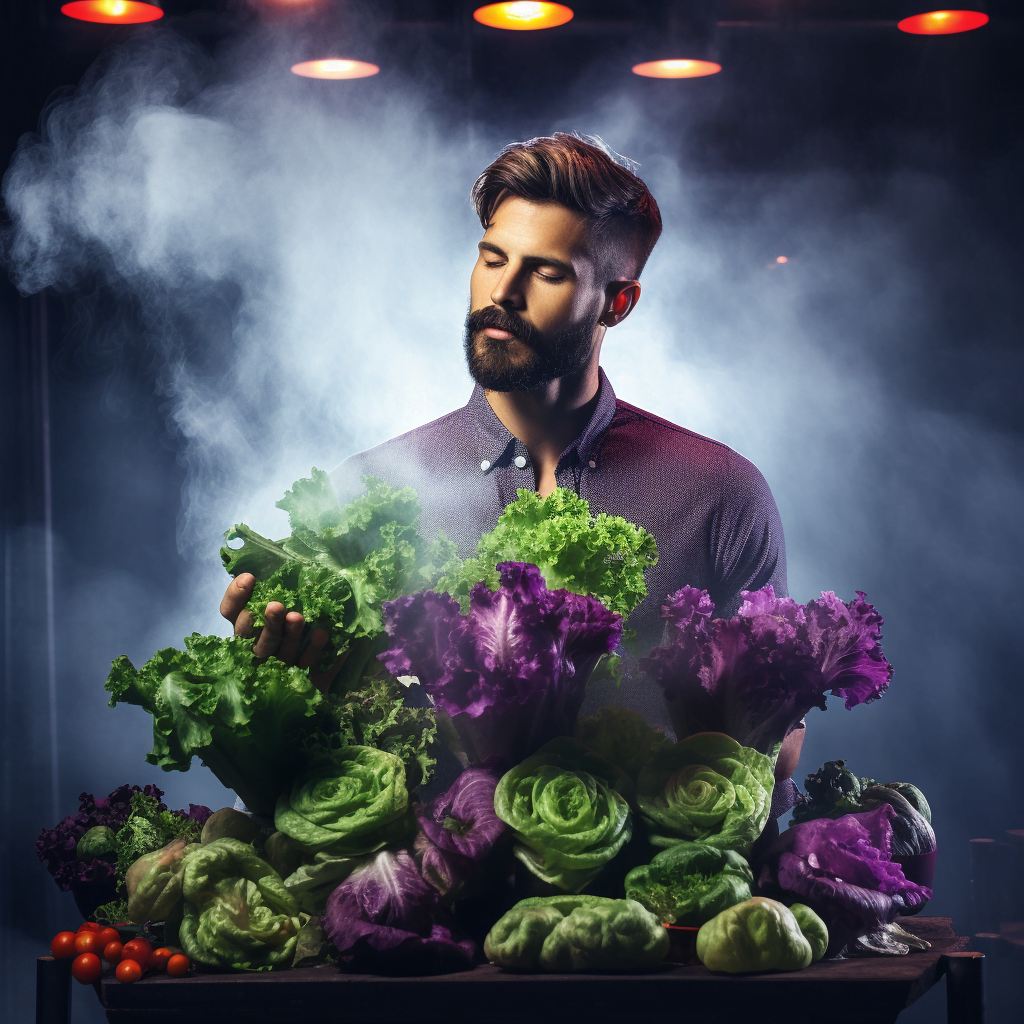
The Future of Hydroponic Flavor
While more research is still needed, the current consensus is that there are no major inherent taste differences between hydroponics and optimized conventional cultivation when grown under ideal conditions. Produce quality ultimately depends more on horticultural practices than the growing medium itself. Any perceived disparities likely result from environmental and management variables that can be controlled in both systems.
As hydroponic farming continues gaining sophistication and consumers demand better flavor, focus will increase on optimizing variables like water chemistry, microbial inoculants, and harvest timing to maximize taste. With the rise of large-scale commercial hydroponics, flavor quality issues should diminish over time. In fact, the level of control possible with soilless systems could enable surpassing current flavor benchmarks for traditionally grown produce as the industry matures.
